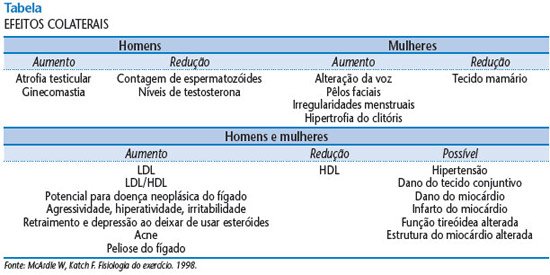Abuse of anabolic steroids can cause emotional problems such as mood swings, including uncontrollable aggression and anger, and lead to violent episodes such as suicide and homicide, especially depending on the frequency and volume used. Users present depressive symptoms of withdrawal syndrome when they stop using the drug, which can contribute to dependence. They can also experience pathological jealousy, manic and schizophrenic episodes, extreme irritability, illusions (which may involve a distortion of judgment regarding feelings and invincibility), distraction, mental confusion and forgetfulness, in addition to changes in libido and their consequences. Some causes indicated for the use of anabolic steroids include dissatisfaction with physical appearance and low self-esteem. Social pressure, the cult of the body that our society values so much, the false healthy appearance and the prospect of becoming a sex symbol are reasons for the use/abuse of these drugs. A good physical appearance helps in acceptance by the group, promotes admiration from everyone and creates new opportunities.
- In men – Decreased or atrophy of testicular volume, reduced sperm count, impotence, infertility, baldness, oliguria and dysuria, prostate hypertrophy and breast development with gynecomastia that is not always reversible.
- In women – Hair growth with a masculine distribution, changes or absence of the menstrual cycle, hypertrophy of the clitoris, deep voice and reduction in breasts (atrophy of breast tissue).
- In adolescents – Early skeletal maturation with premature closure of the bone epiphyses, short stature and accelerated puberty, leading to dysmorphic growth.
